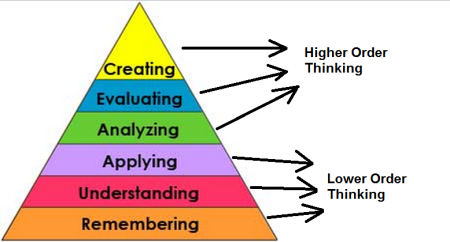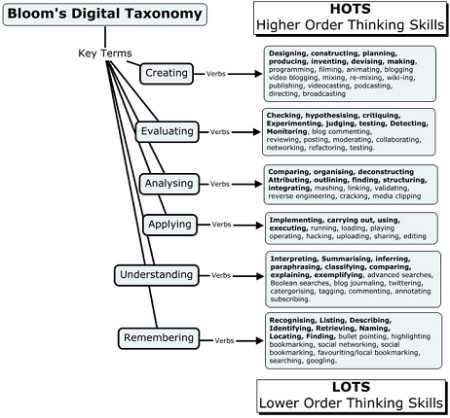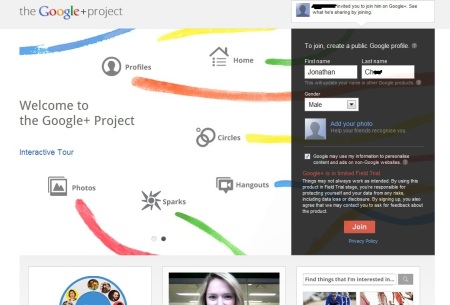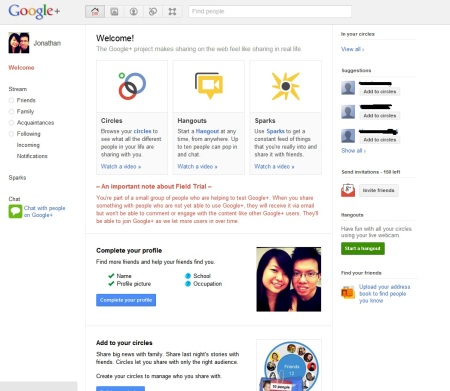With the technologies available online, the average citizen can be a journalist with nothing but an internet-enabled device. Although online journalism and citizen journalism share some similarities, the two have some important differences between them.

They both utilize online technologies that allow for journalism , such as blogging services like WordPress and Blogger, or instant messaging services such as Twitter. These allow for condensed, independent, or a combination of both types of news articles to appear online.
Citizen journalism has exploded in popularity, with people reporting on everything from local food (ieatishootipost), to the latest celebrity gossip (Perez Hilton), to Singapore political commentary (mrbrown).

 These websites are usually independently owned, and they usually contain the content creator’s own ideas and opinions. They might also have several tie-in videos, or accounts from other media websites that supplement their main website. For example, mrbrown and Perez Hilton both have their own Twitter accounts which they use to share information that might not be substantial to warrant a full article, but are interesting enough to warrant some attention. Being mostly operated by people who have no formal training in journalism, the credibility of these websites might not be that entirely trustworthy. However, these websites tend to have more lax censorship, and might be run by people who are unaffiliated with any organisation, hence giving these websites free reign to report on whatever they want, no matter how controversial it is. An example of citizen journalism brought to the most extreme and controversial would be WikiLeaks, which has published many scandalous official government documents from many countries. As a result, the owner of the website (Julian Assange) has been under a series of lawsuits.
These websites are usually independently owned, and they usually contain the content creator’s own ideas and opinions. They might also have several tie-in videos, or accounts from other media websites that supplement their main website. For example, mrbrown and Perez Hilton both have their own Twitter accounts which they use to share information that might not be substantial to warrant a full article, but are interesting enough to warrant some attention. Being mostly operated by people who have no formal training in journalism, the credibility of these websites might not be that entirely trustworthy. However, these websites tend to have more lax censorship, and might be run by people who are unaffiliated with any organisation, hence giving these websites free reign to report on whatever they want, no matter how controversial it is. An example of citizen journalism brought to the most extreme and controversial would be WikiLeaks, which has published many scandalous official government documents from many countries. As a result, the owner of the website (Julian Assange) has been under a series of lawsuits.

Online journalism, however, largely refers to the newspaper and media companies that have embraced the above-mentioned internet technologies to further increase their market reach. Additionally, these websites usually have electronic versions of their newspaper reports online. For example, the International Herald Tribune has a physical copy available for sale on news stands, but also has an electronic version free online. They also have a Twitter account to share bite-sized information at a much faster cycle than the print cycle that newspaper companies usually adhere by. Since these websites are run by newspaper companies, they usually adhere to the journalistic regulations and self-censorship that have been traditionally practiced in the pre-internet age.

As such, while the internet has allowed for news that would have never made it onto other media to be published, it has also allowed for the average citizen to have greater convenience in accessing the news. However, the reader has to take everything with a grain of salt. This is especially so for internet journalism, as the amount of useless ‘fluff’ available online far outweighs the reliable. As always, the discretion lies with the reader.
 In the beginning of the internet, this traditional approach was also taken. Official websites containing descriptions and agendas of various political parties sprung up.
In the beginning of the internet, this traditional approach was also taken. Official websites containing descriptions and agendas of various political parties sprung up. The
The 















